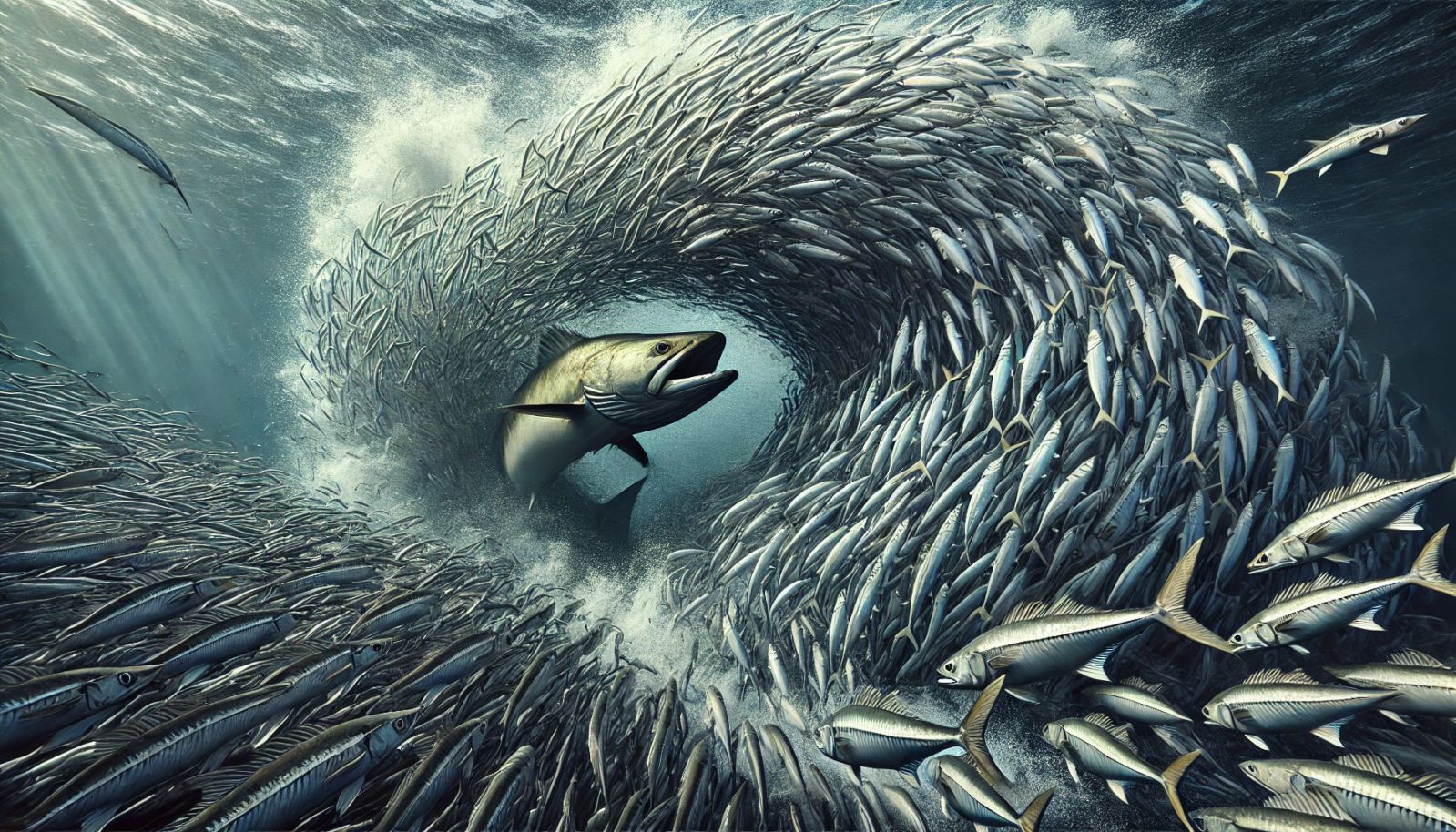The largest predation ever observed: 10 million victims in one go 🍗
Follow us on Google News (click on ☆)
Capelin, small fish from the Arctic, gather every year to spawn. This migration attracts their predators, the Atlantic cod, which follow this large-scale feast.

In February, during the capelin spawning season, a team from MIT and Norwegian researchers tracked their movements over dozens of kilometers (tens of miles) using an innovative acoustic technique. By forming a gigantic mobile mass, these capelin create a kind of "ecological hotspot" that attracts the cod.
Thanks to acoustic imaging, scientists observed the cod approaching, also gathering together and forming their own coordinated school. In just a few hours, nearly 10.5 million capelin were devoured in a massive predation scene, the largest ever documented, covering an impressive area.
Despite the scale of this event, this school represented only 0.1% of the capelin population in the region. However, climate change could affect this delicate balance by forcing capelin to migrate farther to spawn, exposing them to more such attacks.

Credit: Nicholas Makris et al
Capelin play a key role in marine ecosystems. Close monitoring of their behavior is crucial for the preservation of this species and its environment. The team of Nicholas Makris, a professor of mechanical and ocean engineering at MIT, emphasizes that such predation events can destabilize the local ecosystem in just a few hours.
This study is based on data from a 2014 sea mission, where researchers used the OAWRS system, an acoustic imaging technology covering vast areas. They distinguished the species present: capelin resonating as high-frequency vibrations and cod as low-frequency vibrations.
On the morning of February 27, 2014, capelin were already gathering, forming a coordinated wave. By forming massive schools, they save energy for long migrations, but these gatherings also make them more vulnerable to predators.
Scientists are considering deploying the OAWRS system to study other species in order to understand these massive interactions in the open sea. According to Makris, this type of research is vital to anticipate sudden ecological collapses in fish populations dependent on these gatherings.